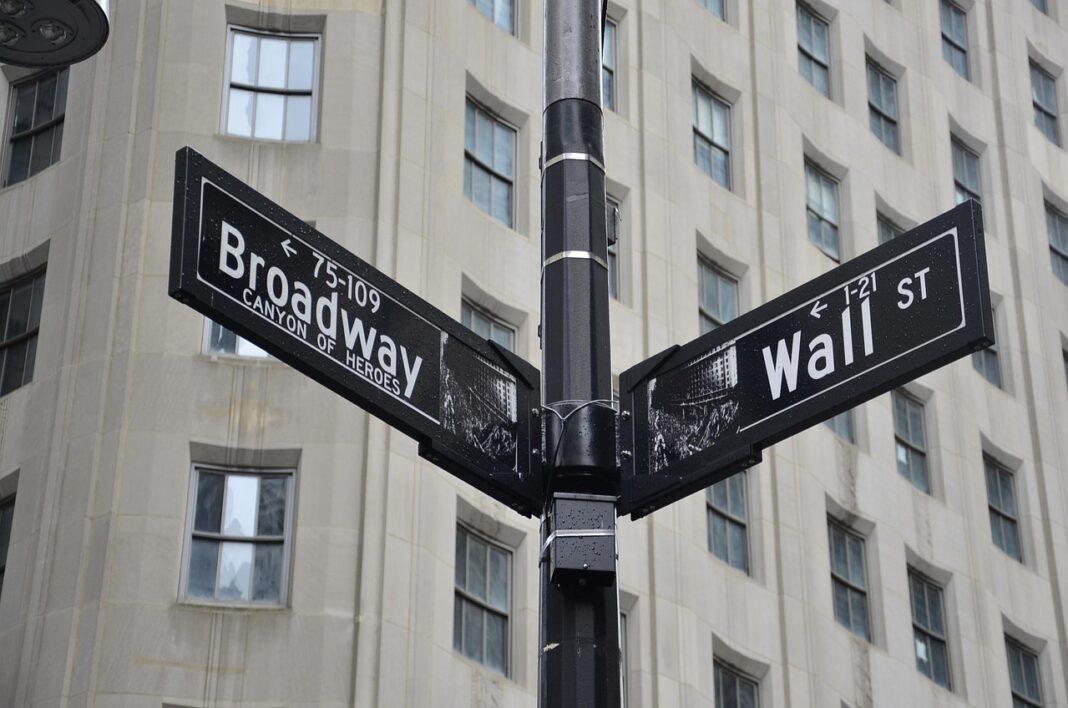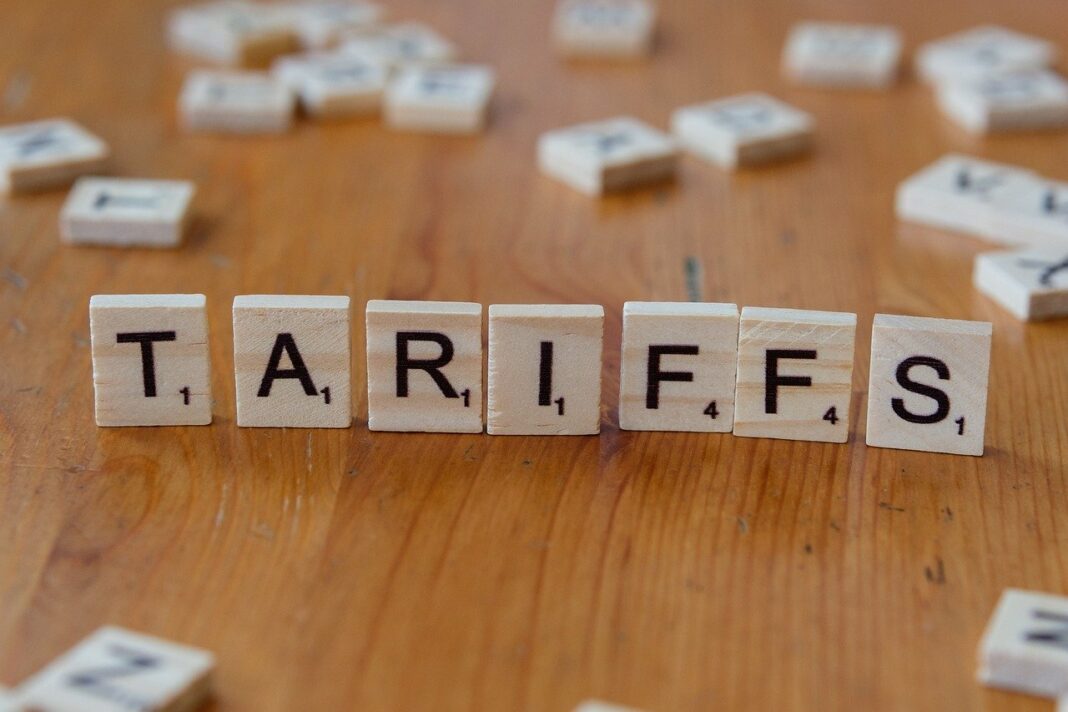After a week of historic market losses, Wall Street is preparing for more upheaval. As reported by The New York Times, decision-makers in finance spent the weekend gripped by “anger, anxiety, frustration and fear” following President Donald Trump’s abrupt announcement of sweeping tariffs that erased trillions in market value in just two days.
The fallout has left hedge funds tallying damages, deal calendars in disarray, and major banks scrambling to run emergency simulations-attempting to predict which clients might collapse under the weight of an unfolding global trade war. The mood, according to multiple executives who spoke anonymously, echoed the early days of the 2007–2008 financial crisis.
“It Feels Like 2008 Again”
The speed of the market’s decline-over 10% in just 48 hours-rivals the sharpest drops seen since the collapse of Lehman Brothers. For many in finance, the comparison is no longer theoretical. Ran Zhou, manager of the New York-based hedge fund Electron Capital, told The New York Times that he canceled his weekend plans and remained in the office, closely tracking Chinese media for any signals from Beijing.
Venture capitalists and asset managers are bracing for deeper hits. One unnamed investor estimated a $1.5 billion loss in their portfolio alone, reflecting widespread unease as markets digest the implications of the administration’s trade policy reset.
Shockwaves Across Wall Street
The tariffs have thrown cold water on a fragile economic recovery and triggered panic in boardrooms. Bankers and lawyers say large-scale mergers and IPOs are likely on pause. Executives no longer feel they can predict or influence decision-making from the White House, a sharp departure from prior cycles of backchannel influence.
According to Bloomberg and other outlets, Wall Street’s biggest firms have begun revising their Q2 projections downward and reassessing exposure to global investments, particularly those vulnerable to retaliatory tariffs.
Uncertainty Becomes the New Norm
The broader economic consequences are quickly materializing. JPMorgan has increased its global recession probability to 60%, forecasting a likely contraction in U.S. GDP before the end of the year. The Federal Reserve is in a difficult position, as the tariffs are expected to both raise inflation and weaken consumer spending—setting the stage for potential stagflation.
Meanwhile, China has already hit back with a 34% tariff on American goods, escalating the standoff and deepening investor fears of a prolonged economic conflict. Tech stocks have borne the brunt of this first wave, with companies like Apple facing major stock declines due to supply chain vulnerabilities.
A Fractured Global Order
What makes this crisis unique, as noted by The New York Times, is that Wall Street can no longer rely on the federal government to offer predictable support. Instead, the financial sector is grappling with a new reality: the disruption is coming from within, not abroad.
The White House’s policy has put the U.S. at odds with the very global systems it helped build, and many financial leaders fear that the country’s central role in the global economic order may be at risk.




